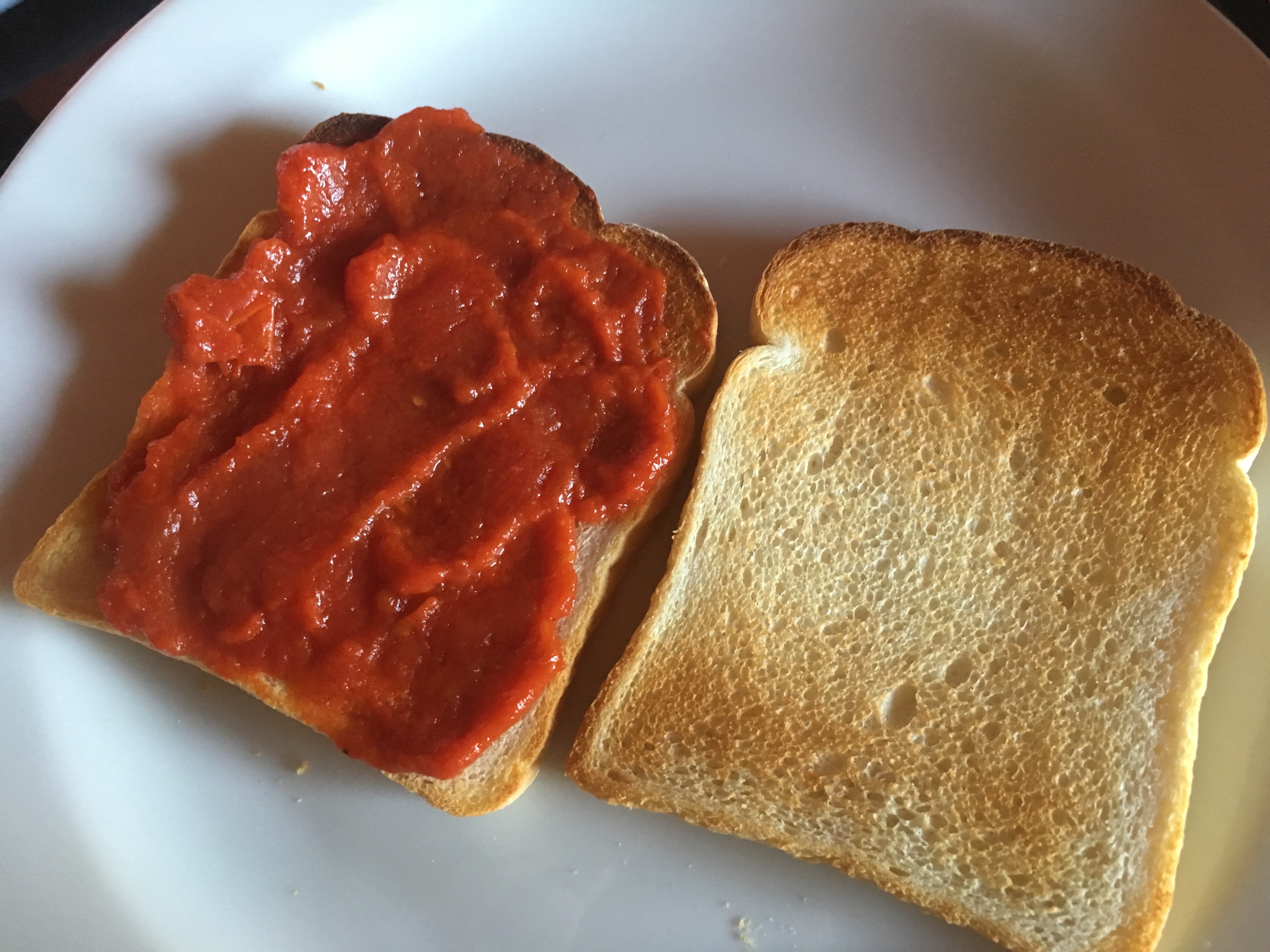
January heralds the start of all the ‘resolutions’ dreamed up during the long winter nights of the previous year. “Next year will be the year that I…..’ and we start with enthusiasm before the resolutions begin to lose their lustre and fizzle out completely by month’s end!
Well, this year I haven’t made a resolution as such, but I have decided that I must lose weight having been successful a few years ago on my 5:2 regime but noticed it creep up on me again.
And so, it starts with Dry January (mostly to knock a lot of calories on the head in addition to giving the system a rest), some exercise courtesy of my WaterRower but that is just part of the plan. The next bit is to reduce my calories and whilst I will go back on the 5:2 regime I started to think about meals during the non-5:2 days. Ideally, I wanted meals that were filling but not so heavy on the calories if that was at all possible – in fact, I wanted ideas.
To my delight I came across a newspaper article about a recipe book that seemed to fit the bill exactly. The book is Pinch of Nom Quick & Easy: 100 Delicious, Slimming Recipes by Kate Allinson and Kay Featherstone. The book is crammed full of what I call normal meal recipes and not the variety the extols the virtue of only eating salad with salt-free salt!
The other evening I made the creamy Tuscan chicken, and I was so impressed with it. It was full of flavour and very delicious and only 264 calories per portion!
I did make a couple of minor alterations to the recipe out of necessity rather than trying to be ‘clever’. I had one chicken thigh that needed using up, so I used that along with one chicken breast. Having done so I must admit I thought the thigh much tastier of the two but by using thigh meat you may increase the calorie count by 5 calories or so per 100g if that is important to you.
The second alteration was to do with the tomatoes. I followed the instructions for cooking the tomatoes but stupidly did not reduce the temperature to take into account I was using the fan oven. As a result, the tomato skins were too charred to be useful however I had more cherry tomatoes in reserve. I added the fresh batch directly to the pan, straight into the simmering stock – fortunately my mistake came to light 10 minutes into the 20 minutes for cooking the chicken so the tomatoes ended up being perfectly cooked in the sauce. I would, however, recommend you strive to roast the tomatoes as per the recipe because I am sure they will lend a more sun-dried feel and taste to the overall dish.
What you will need for four people:
- 4 chicken breasts or skinless thighs with any extra fat trimmed off. Approx 130g in weight
- 500g cherry tomatoes halved
- 2 Onions peeled and thinly sliced
- 4 garlic cloves peeled and crushed/minced
- 600ml chicken stock
- 1 tsp dried basil
- 1 tsp dried oregano
- 180g reduced fat cream cheese*
- 80g fresh spinach
- Low-calorie cooking spray
- Salt (sea preferably) and freshly ground black pepper
*I used Light Philadelphia which has 40% less fat
What you’ll need to do:
- Heat the oven to 240c (220c fan-oven) or gas mark 9
- Line a large baking tray with foil and spray with low-calorie cooking spray
- Place tomatoes on the tray, cut side up in a single layer. Spray with low-calorie spray, season with salt and pepper and place in the oven. Roast for about 20 minutes until wrinkled a little – I recommend checking half-way through. Once cooked remove from oven and set aside.
- Whilst the tomatoes are roasting spray a large frying pan with the low-cal cooking spray and gently fry the onion and garlic over a medium heat for about 5 minutes until they have softened a little.
- Add the chicken, the stock, basil and oregano to the pan and cook over a medium heat for 10 minutes then turn over the chicken, place a lid on the pan, and cook for a further 10 minutes until the chicken is cooked through thoroughly.
- Remove the pan from the heat and stir in the cream cheese until melted and combined to make a creamy sauce. If you think the sauce is a little too thick then increase the heat until it gets to the consistency you prefer. If it is too thick, simply add a little water to thin it.
- Stir the spinach into the sauce until it wilts a little and then stir in the roasted tomatoes. Et voilà – ready to serve!
This dish may be accompanied by steamed green vegetables (38 kcal per 80 g) or pasta such as tagliatelle (174 kcal per 100g cooked).
Footnote: I did notice that when the sauce cooled it separated a little but all you need do is to stir it again and it will emulsify once more – useful to know if you plan to freeze portions as I expect the sauce will separate once it has defrosted.

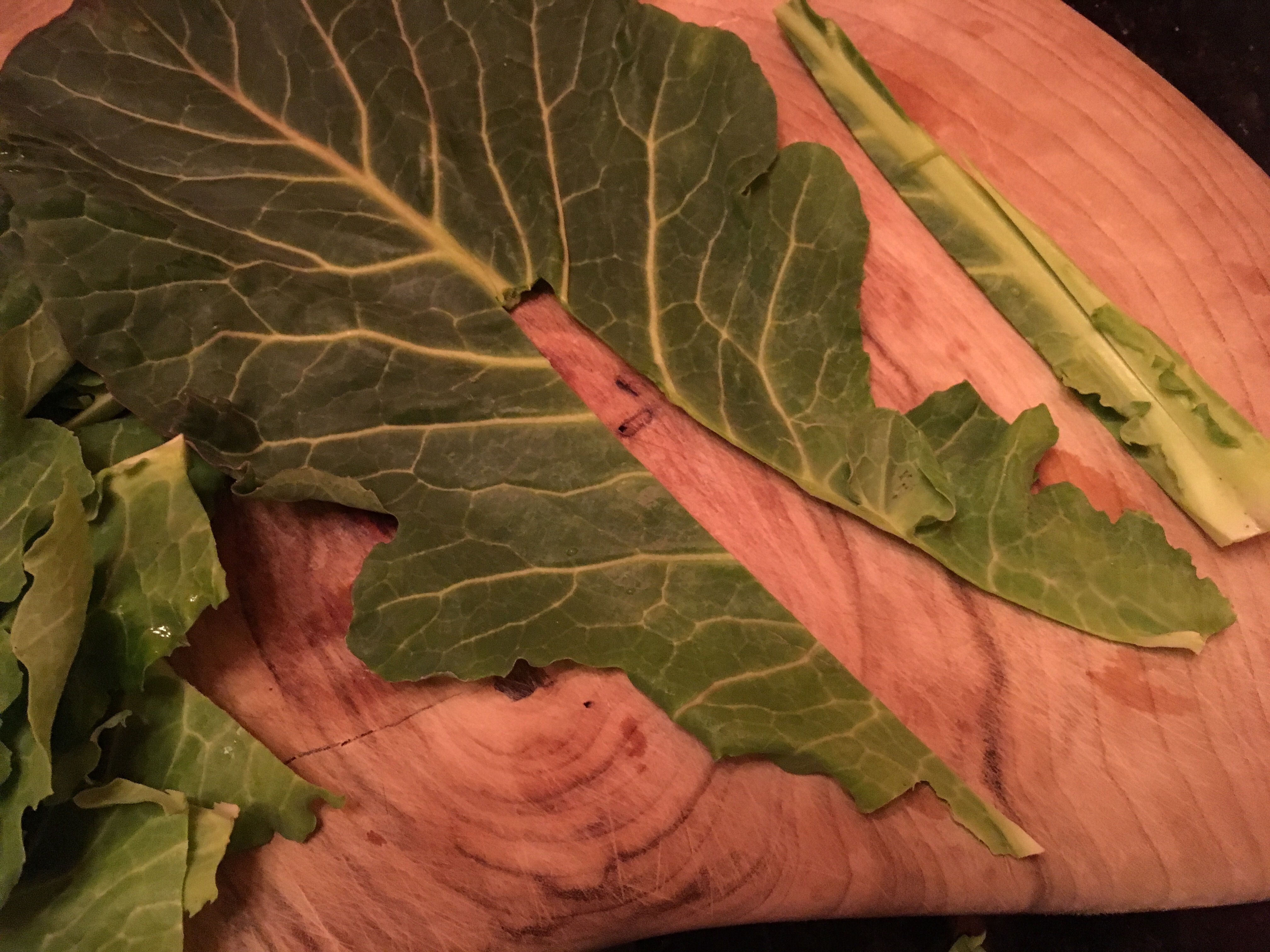


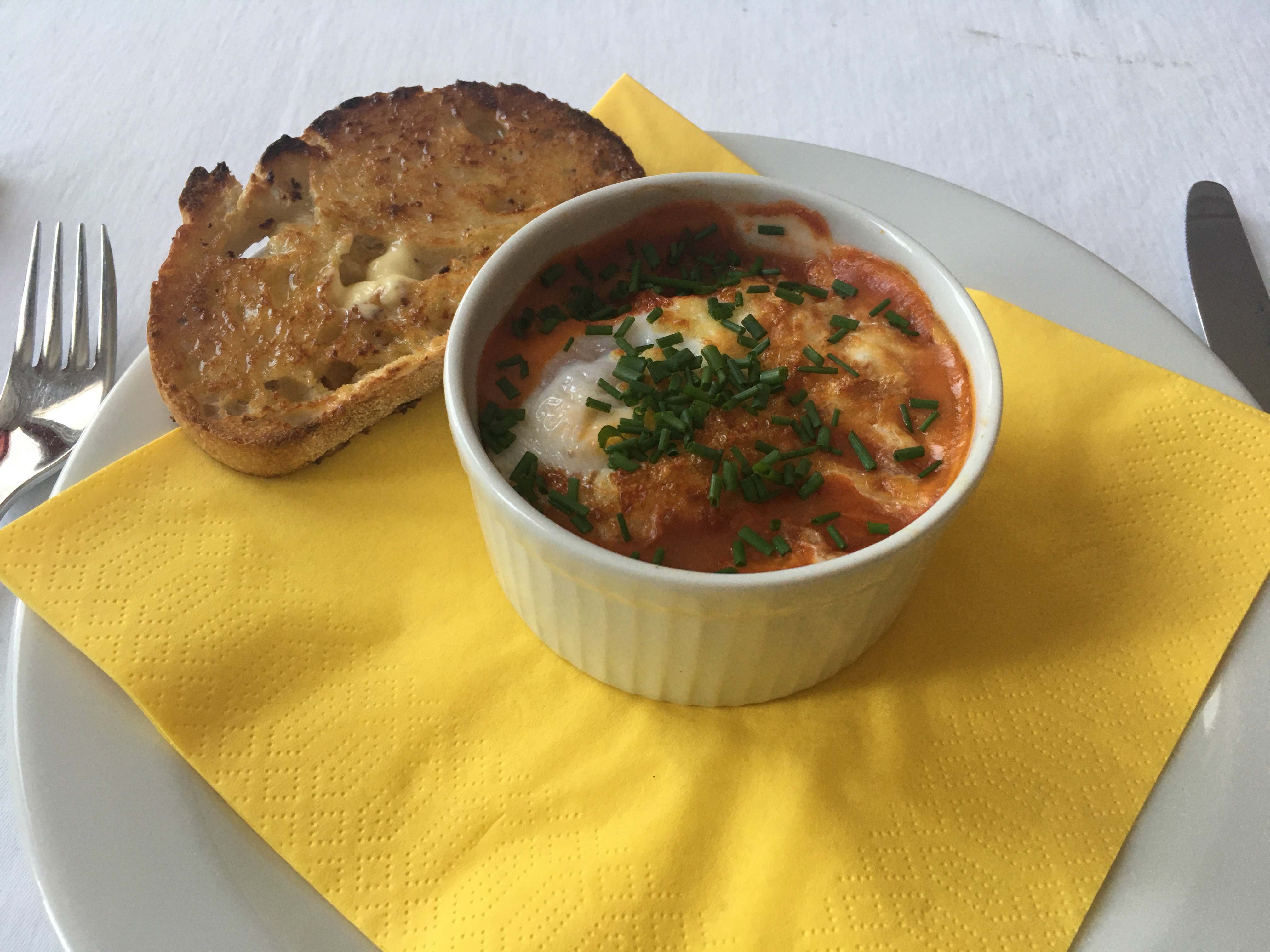


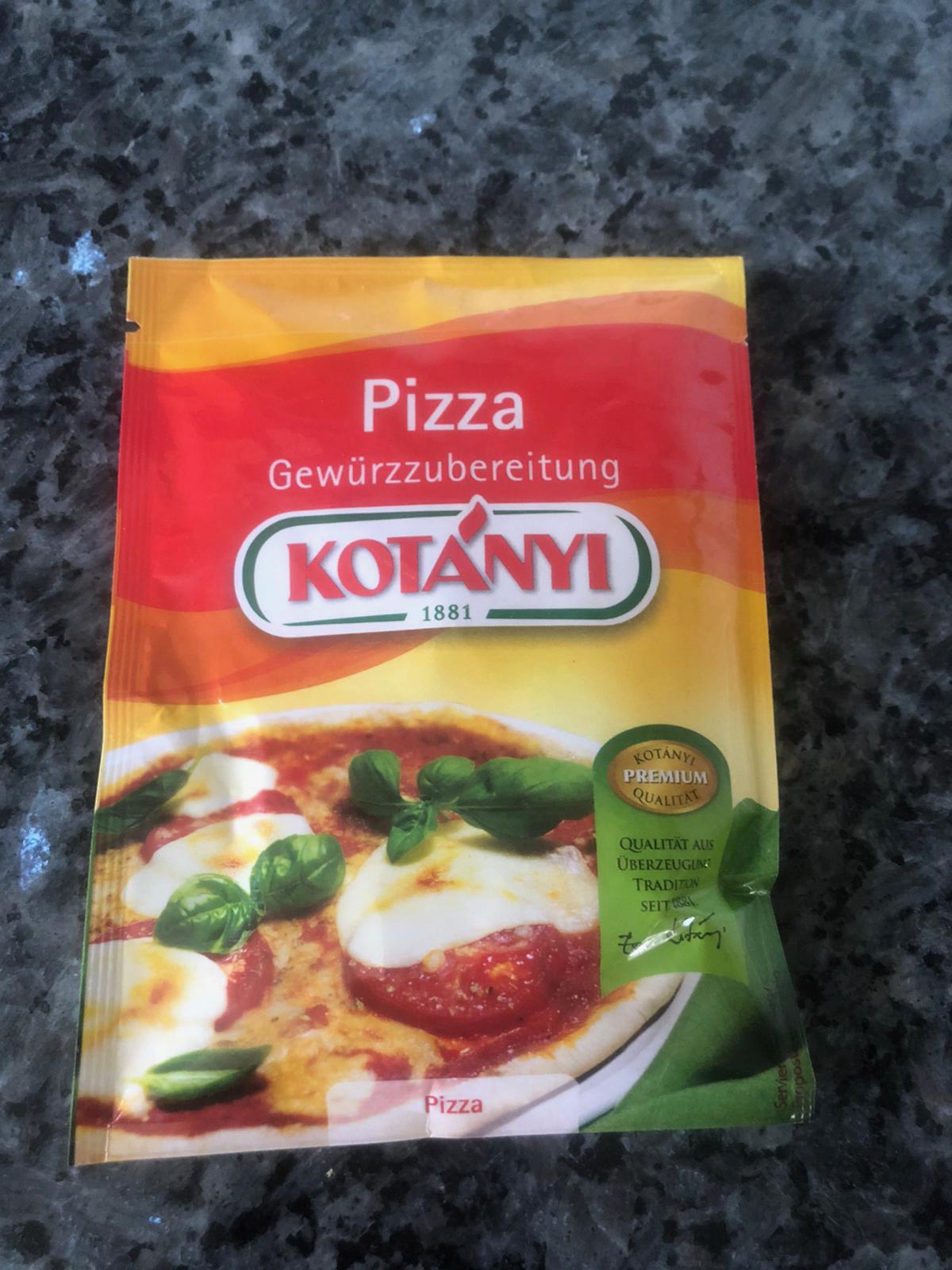

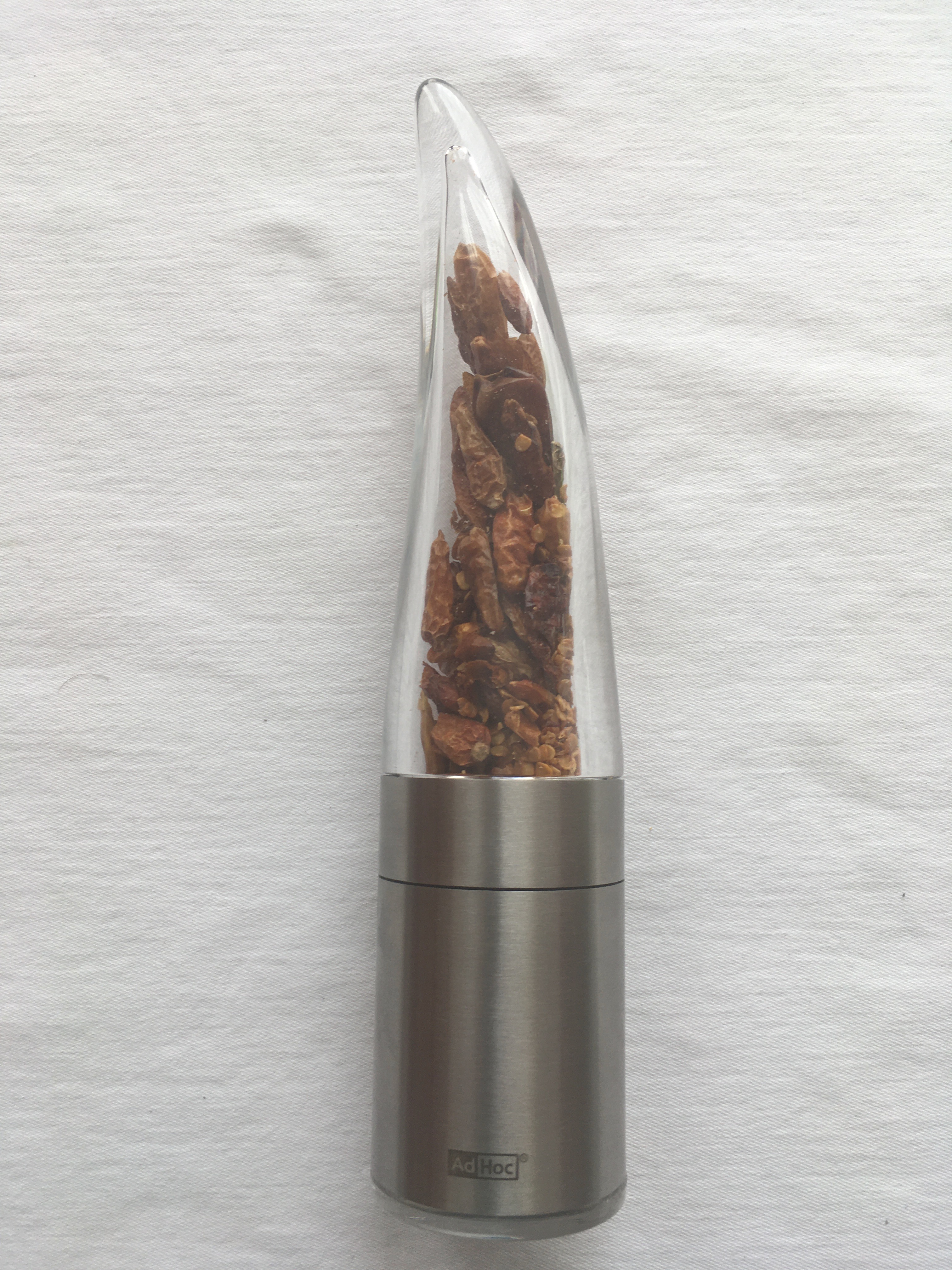
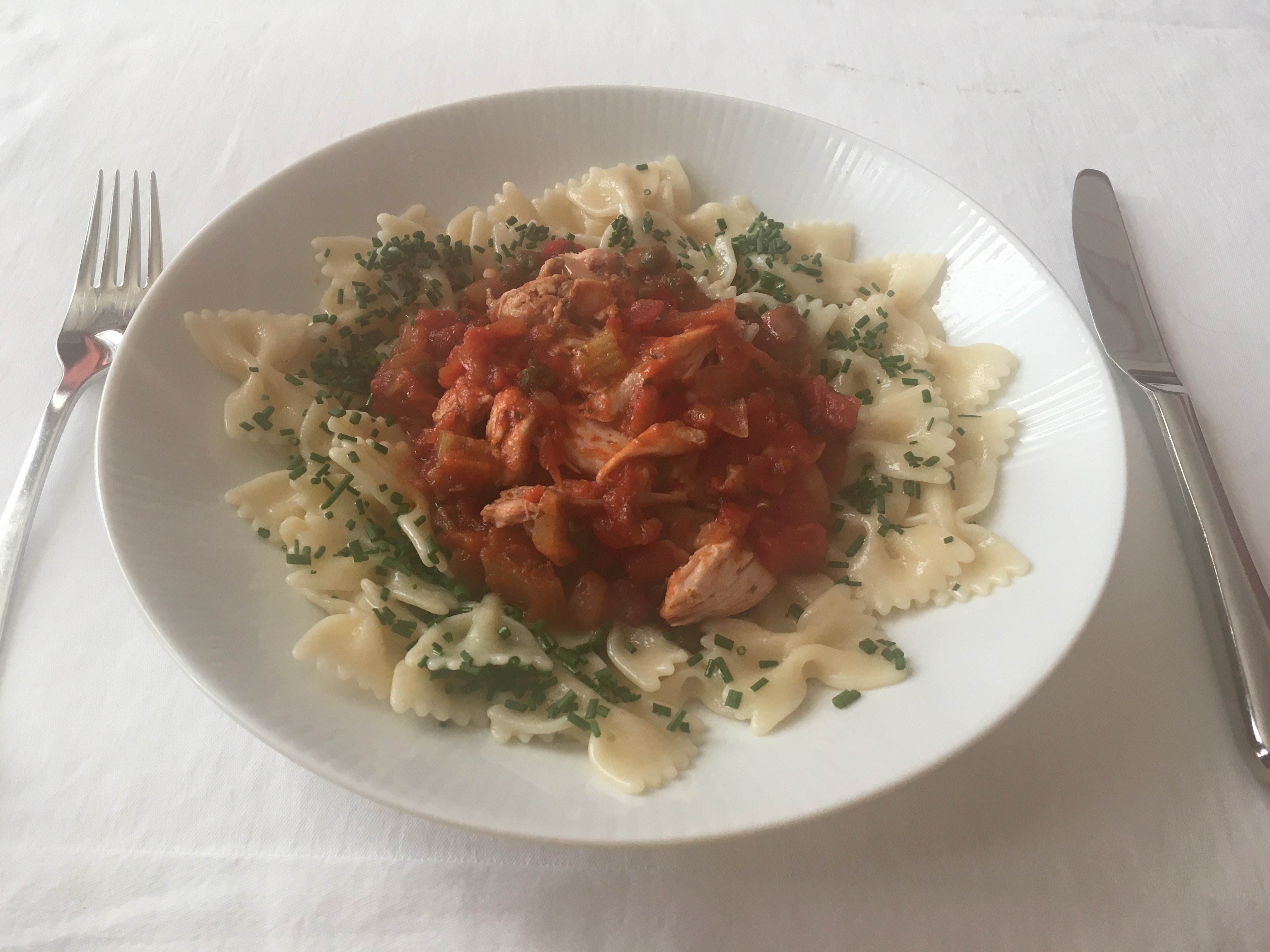 Well, I was rather shocked when I logged into my blog to see that it has been over two years since I last posted a recipe! And so, after some nagging, I mean, encouragement from my sisters and niece I thought it was high time to post once more.
Well, I was rather shocked when I logged into my blog to see that it has been over two years since I last posted a recipe! And so, after some nagging, I mean, encouragement from my sisters and niece I thought it was high time to post once more.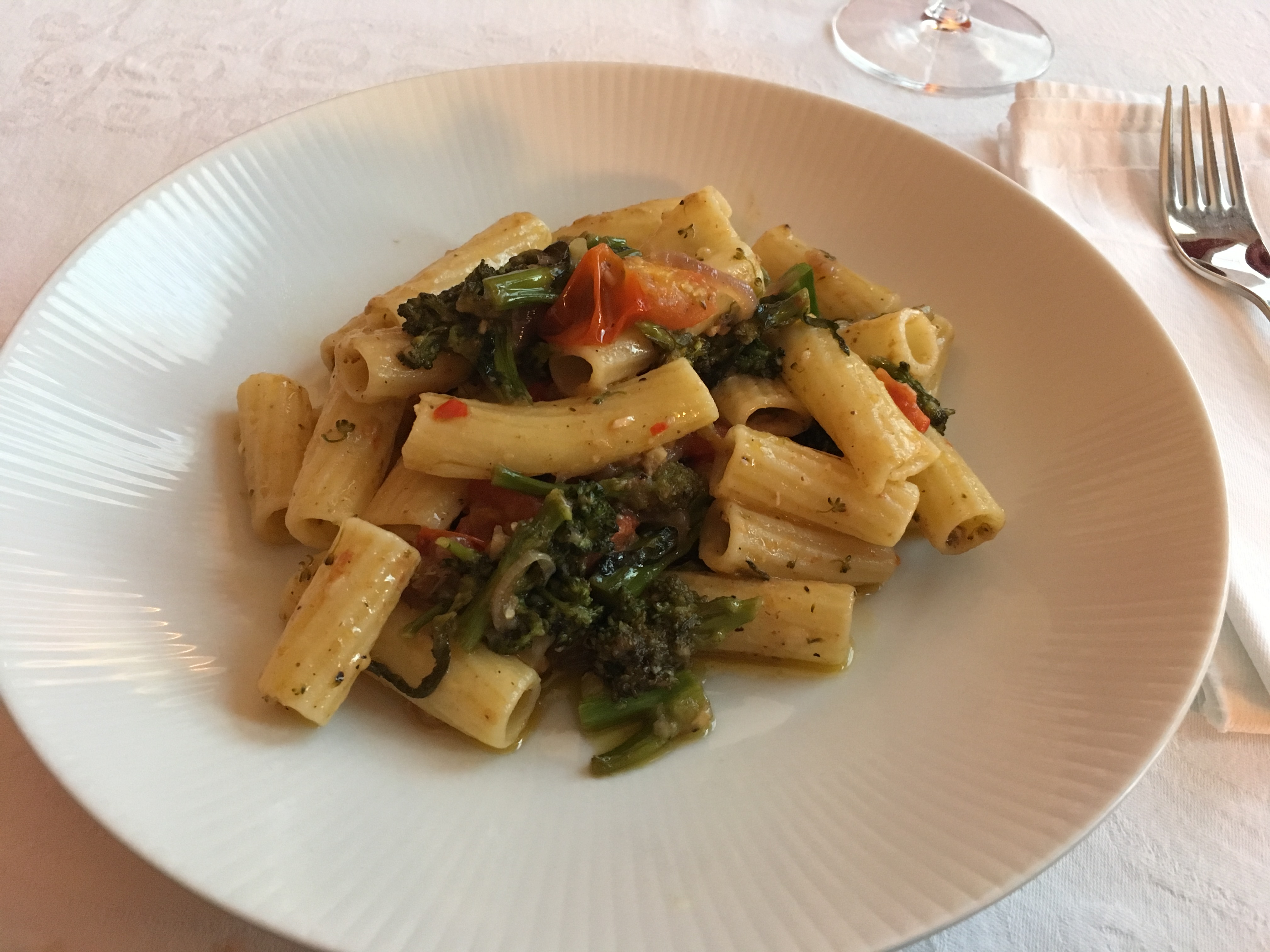



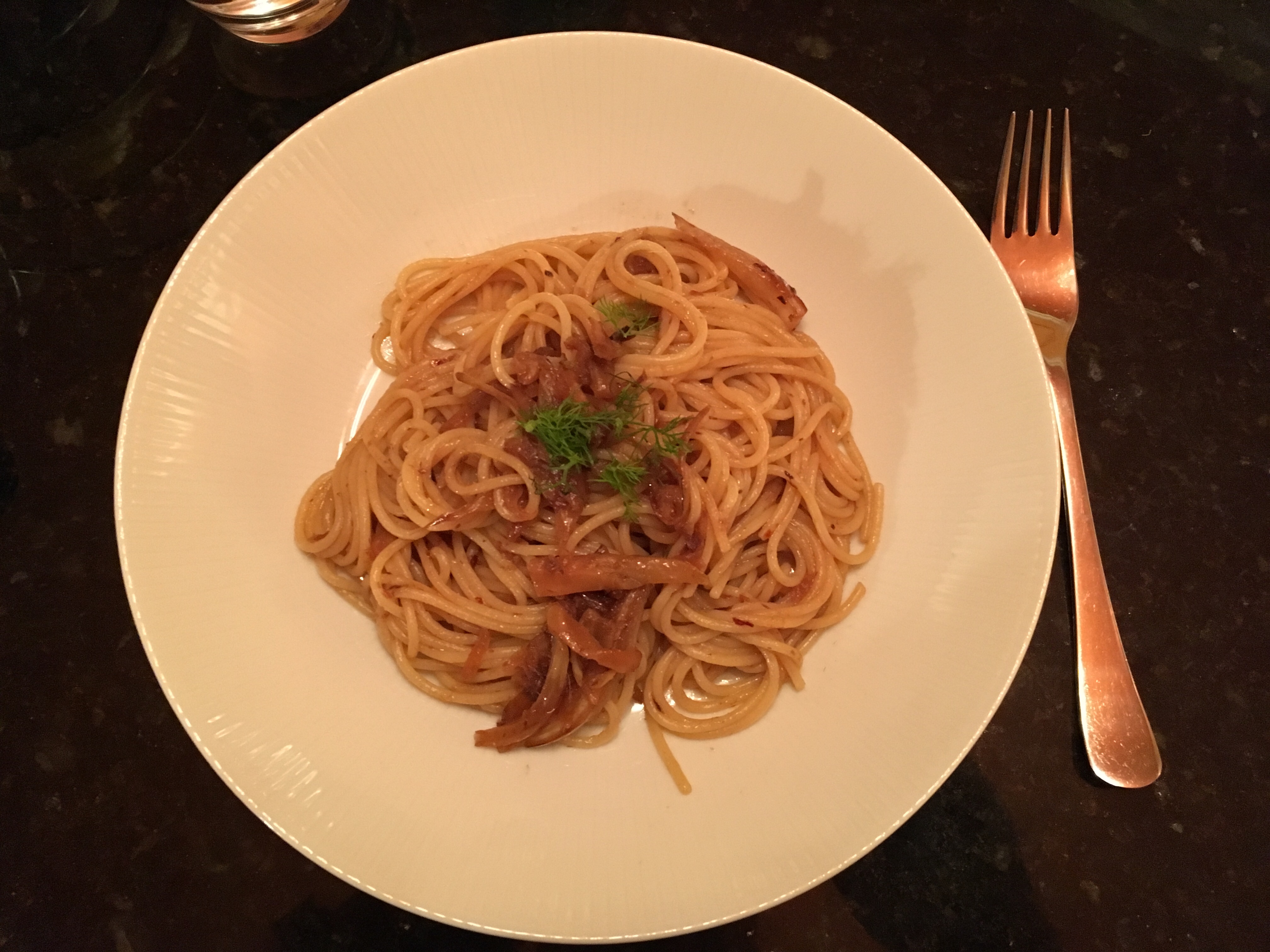
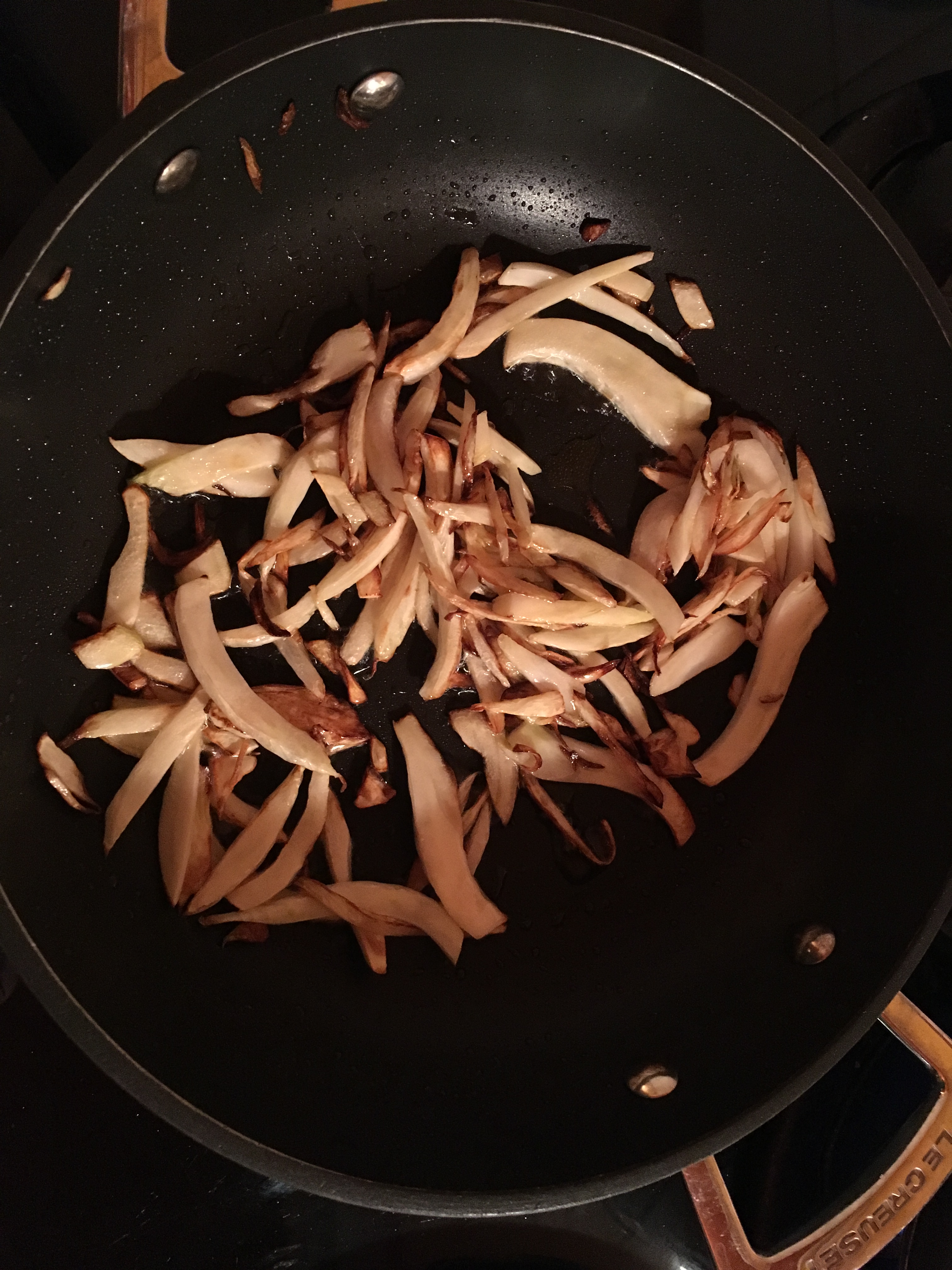
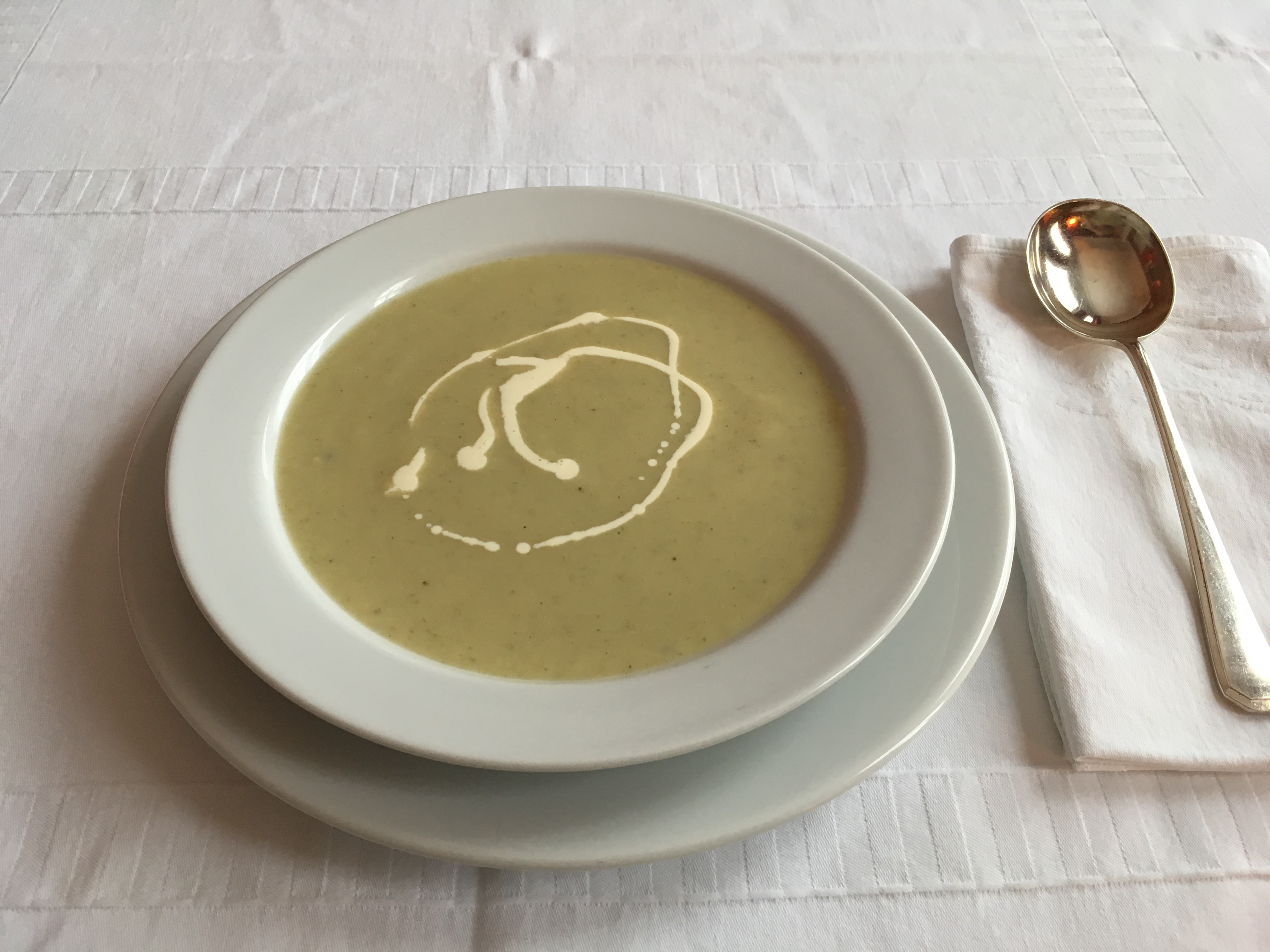
 When my sisters and I were children we would visit our two aunts in Chester, Olwen and Morfydd. Aunty Morfydd was a very good cook and she would often prepare bulldogs for us. I don’t know why this sandwich got given the name of bulldog (perhaps my sisters know – I never thought to ask them) but it was Morfydd’s creation.
When my sisters and I were children we would visit our two aunts in Chester, Olwen and Morfydd. Aunty Morfydd was a very good cook and she would often prepare bulldogs for us. I don’t know why this sandwich got given the name of bulldog (perhaps my sisters know – I never thought to ask them) but it was Morfydd’s creation.